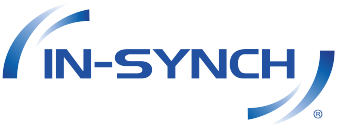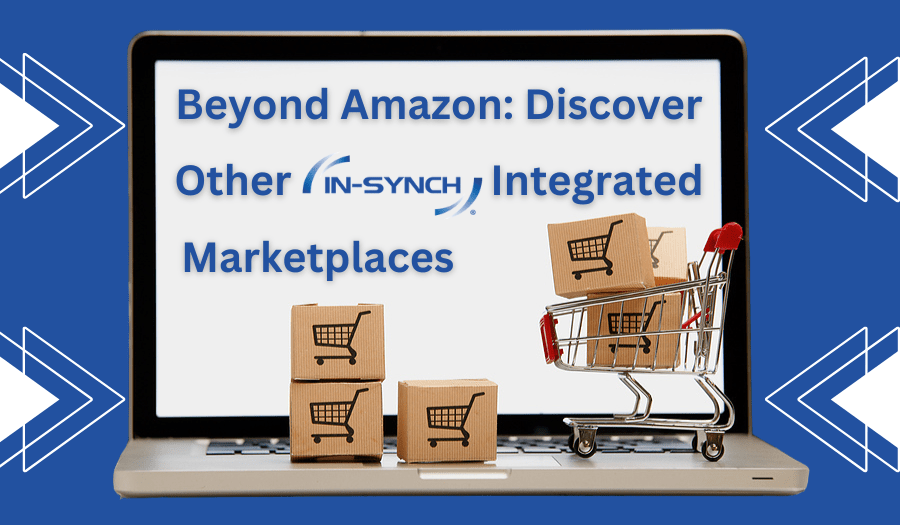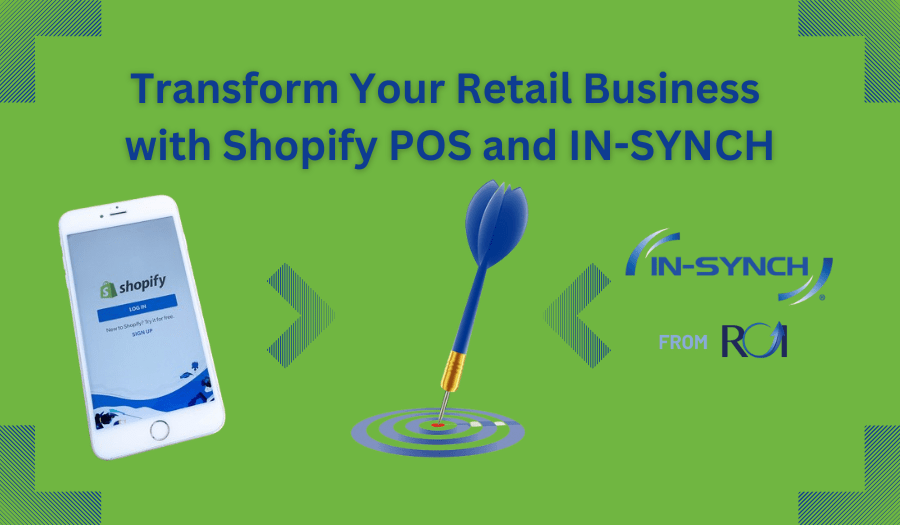By Shane • May 26, 2016
As small businesses continue to embrace e-commerce, they find they’re up against more challenges than they anticipated. Gathering customer data, moving data effortlessly into operational systems, and ensuring that all systems communicate with each other is often a greater challenge than a small business is equipped to face.
Sage 100 is a great ERP system for small businesses. It can be integrated with existing third-party shopping carts and other systems to provide small business owners with access to accurate, timely customer data. Integration is not without its challenges, however. That’s where having an experienced integration partner by your side can help.
Front-End Web Interface Must Be Flexible and Scalable
One of the first things to consider when implementing Sage 100 e-commerce is the front-end web interface. Front-end interfaces must be both flexible to work with many third-party applications and scalable so that as your company grows, the system can expand accordingly.
IN-SYNCH provides Sage 100 e-commerce integration with many popular web stores and shopping carts including Magento and Amazon. It can also provide integration for a custom web site and customer portal solution. In fact, IN-SYNCH is flexible and scalable so that it can work to integrate any selection of these stores and carts. Seamless Sage 100 e-commerce integration increases efficiency and ensures the accuracy of customer data across systems.
Back-End Office Challenges
For retailers moving from traditional sales to e-commerce, there can be unanticipated back-end office challenges. For instance, instead of large volume shipments, small volume or single order shipments may become the norm. Typical methods of pick, pack and ship do not work as well for small orders. New systems must be put into place.
Other back-end office challenges can include:
In the warehouse, e-commerce can fundamentally change everything in the supply chain from picking, packing and shipping. Here are a few things that should be considered.
- Customers demanding faster turnaround: Weekly or bi-weekly order fulfillment means orders may need to be turned around in 24 to 48 hours. Every step must be handled efficiently, consistently and cost-effectively to meet customer expectations.
- Potentially higher return rates: E-commerce businesses may face higher return rates. This means that an efficient returns process is crucial. This may require a dedicated space in the warehouse for handling returns.
- Integrated ordering and tracking: The ability to monitor individual SKU’s as they are stored and moved through the facility may be needed and seamless integration with Sage 100 is critical. Automation will enable more accurate orders, lower labor costs, fewer returns and saved space. Automated picking options provide the most cost savings as they streamline throughput.
- Changing demand: Because demand can change quickly, warehouse technology is needed that can adapt to your needs. Automation tools must be adapted to meet increases or decreases in demand. Integration to Sage 100 and the flexibility to use the technology in any location is also important.
- Accurate inventory data: Accurate inventory data are essential to ensure the customer gets the right item in the expected time. Integration with Sage 100 for real-time, accurate inventory and order visibility is critical.
All of this adds up to an increasing need for expert solutions that integrate shopping carts with business data. The more such data integration can be done seamlessly, the better it is for a small business.
ROI Consulting’s Sage 100 integration solutions have been proven to help solve the challenges of Sage 100 e-commerce integration from the front-end website to the back-office. When faced with these e-commerce challenges, it is important to rely on a vendor, like ROI Consulting, who has a breadth of experience across a variety of platforms and business applications. Learn more about the IN-SYNCH application by taking a look at this 60-second video.




